 There are 47 individual Wildlife Trusts covering the whole of the UK and the Isle of Man and Alderney. Together The Wildlife Trusts are the largest UK voluntary organization dedicated to protecting wildlife and wild places everywhere at land and sea. They are supported by 800,000 members, 150,000 of whom belong to their junior branch, Wildlife Watch. Every year The Wildlife Trusts work with thousands of schools, and their nature reserves and visitor centres receive millions of visitors. The Wildlife Trusts work in partnership with hundreds of landowners and businesses in the UK. Building on their existing network of 2,250 nature reserves, The Wildlife Trusts recovery plan for the UKs wildlife and fragmented habitats, known as A Living Landscape, is being achieved through restoring, recreating and reconnecting large areas of wildlife habitat.
There are 47 individual Wildlife Trusts covering the whole of the UK and the Isle of Man and Alderney. Together The Wildlife Trusts are the largest UK voluntary organization dedicated to protecting wildlife and wild places everywhere at land and sea. They are supported by 800,000 members, 150,000 of whom belong to their junior branch, Wildlife Watch. Every year The Wildlife Trusts work with thousands of schools, and their nature reserves and visitor centres receive millions of visitors. The Wildlife Trusts work in partnership with hundreds of landowners and businesses in the UK. Building on their existing network of 2,250 nature reserves, The Wildlife Trusts recovery plan for the UKs wildlife and fragmented habitats, known as A Living Landscape, is being achieved through restoring, recreating and reconnecting large areas of wildlife habitat.
The Wildlife Trusts also have a vision for the UKs seas and sea life Living Seas, in which wildlife thrives from the depths of the oceans to the coastal shallows. In Living Seas, wildlife and habitats are recovering, the natural environment is adapting well to a changing climate, and people are inspired by marine wildlife and value the sea for the many ways in which it supports our quality of life. As well as protecting wildlife, these projects help to safeguard the ecosystems we depend on for services like clean air and water. All 47 Wildlife Trusts are members of the Royal Society of Wildlife Trusts (Registered charity number 207238). To find your local Wildlife Trust visit wildlifetrusts.org  First published in 2011 by New Holland Publishers (UK) Ltd This edition published in 2014 by Bloomsbury Publishing Plc This electronic edition published in 2014 by Bloomsbury Publishing Plc Copyright 2014 text and illustrations Bloomsbury Publishing Plc All rights reserved You may not copy, distribute, transmit, reproduce or otherwise make available this publication (or any part of it) in any form, or by any means (including without limitation electronic, digital, optical, mechanical, photocopying, printing, recording or otherwise), without the prior written permission of the publisher. Any person who does any unauthorised act in relation to this publication may be liable to criminal prosecution and civil claims for damages.
First published in 2011 by New Holland Publishers (UK) Ltd This edition published in 2014 by Bloomsbury Publishing Plc This electronic edition published in 2014 by Bloomsbury Publishing Plc Copyright 2014 text and illustrations Bloomsbury Publishing Plc All rights reserved You may not copy, distribute, transmit, reproduce or otherwise make available this publication (or any part of it) in any form, or by any means (including without limitation electronic, digital, optical, mechanical, photocopying, printing, recording or otherwise), without the prior written permission of the publisher. Any person who does any unauthorised act in relation to this publication may be liable to criminal prosecution and civil claims for damages.
Bloomsbury Publishing Plc, 50 Bedford Square, London WC1B 3DP www.bloomsbury.com Bloomsbury is a trademark of Bloomsbury Publishing Plc Bloomsbury Publishing, London, New Delhi, New York and Sydney A CIP catalogue record for this book is available from the British Library Library of Congress Cataloging-in-Publication Data has been applied for Design by Alan Marshall ISBN (ePub) 978-1-4729-1842-0 ISBN (ePDF) 978-1-4729-1843-7 Printed in China by C&C Offset Printing Co Ltd. This book is produced using paper that is made from wood grown in managed sustainable forests. It is natural, renewable and recyclable. The logging and manufacturing processes conform to the environmental regulation of the country of origin. To find out more about our authors and their books please visit www.bloomsbury.com where you will find extracts, author interviews and details of forthcoming events, and to be the first to hear about latest releases and special offers, sign up for our newsletters here. ContentsIntroduction Several thousand species of fungi occur in Europe, including Britain and Ireland.
Many are microscopic, and although they are important to agriculturists due to the damage they can cause to crops, they are not considered in this book. The species included in this book are mainly those that can be readily recognized because they have some distinguishing character in terms of appearance, smell or taste. They are arranged in family groups. Diameter measurements are given for caps and fruit bodies, height measurements for stems. Although some fungi are described as associating with specific trees, there are exceptions when the host tree may be of a different species from that stated. However, relatively few species grow on both deciduous and coniferous trees.
A far greater number of fungi fruit in the autumn than in the spring. Most may be found in May to October in northern areas, and a month later in southern areas; in most years the peak months are August to September and September to October respectively. In a mild winter some species continue fruiting right through into spring. What Are Fungi? Fungi lack the pigment chlorophyll, which is contained in green plants, so are unable to make use of the suns energy to build up the carbohydrates from which a plant is formed. Instead, like animals, they get their energy through the breakdown of organic matter. In addition, the hard parts of fungi are chemically closer to the chitin that forms the casing of insects, than to lignin, which forms the hard parts of plants.
These extraordinary organisms are grouped in the fungi kingdom, which is separate from plants, animals and bacteria. A mushroom or toadstool is only the fruit body or reproductive part of an extensive network of very fine threads that branch, join and weave below the surface of the ground, breaking down decaying material for sustenance. In the same way, the bracket fungus that grows on a tree is the fruit of a body of fine threads that penetrate the substance of the wood. This network is known as the mycelium and is common to all fungi. The individual threads, or hyphae, are invisible to the naked eye, but often a number cluster together to form visible threads about the thickness of sewing cotton. Certain fungi form even thicker black threads like bootlaces, known as rhizomorphs, which may be seen under the loose bark of dead trees.
The mycelium is perennial and certainly persists in the soil for decades, probably for centuries and possibly for millennia. It plays a major part in the rotting down of autumnal leaves, which would quickly be metres deep without this process of decomposition. Not all fungi limit themselves to the breakdown of leaves, however. Many send their hyphae down to the roots of trees and form a network in the outer layers of the finer roots. Here a mutual interchange of material, known as mycorrhizal symbiosis, occurs to the benefit of both fungus and tree, and without which the tree would not prosper. It is believed that the fungal hyphae are able to take up and transfer to the tree minerals such as phosphates, and to receive from the tree compounds that they are unable to synthesize, such as sugars.
Foresters regard the fungal element in the soil as very important. Identifying Fungi Nature has explored every avenue of shape, texture and colour in fungal fruit bodies, ranging from cups to finger-like projections, caps on stalks to irregular potato-like lumps buried in the ground, soft jellies to brackets too hard to be cut with a knife, and brilliant red to turquoise. However, the typical mushroom fruit body consists of a cap and stem. Cap The cap is generally round. Beneath it are the spore-bearing surfaces, which may be either flat vertical plates known as gills, or tubes that end in openings known as pores. Stem The stem is usually attached to the centre of the cap, but may also be attached at the edge. Stem The stem is usually attached to the centre of the cap, but may also be attached at the edge.
Next page
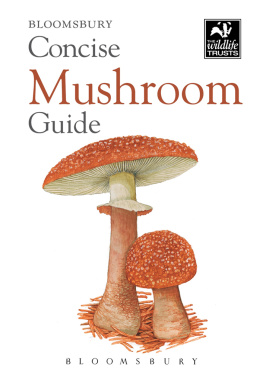





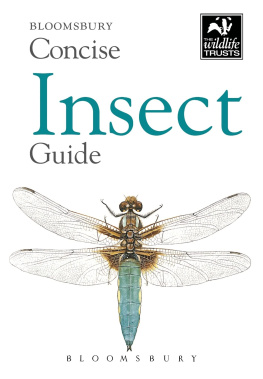
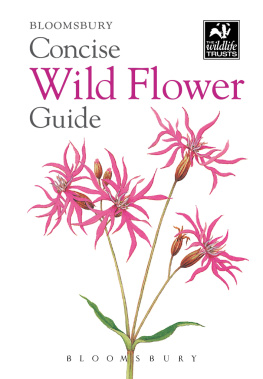
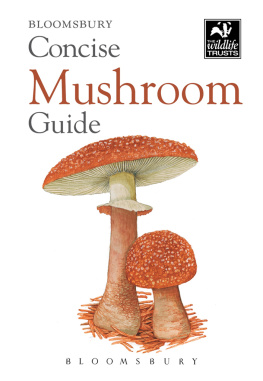

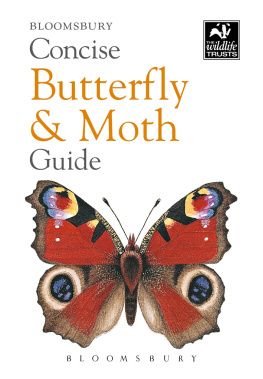
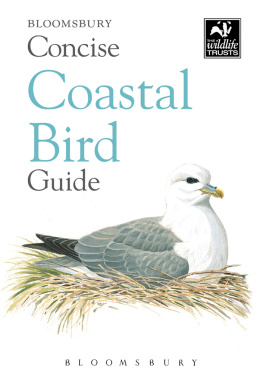
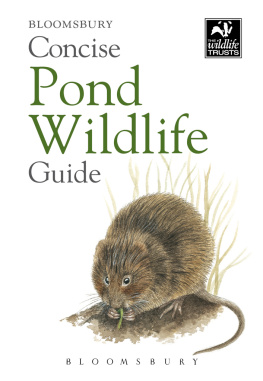
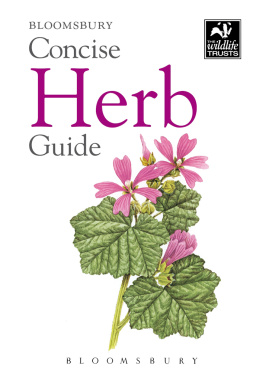
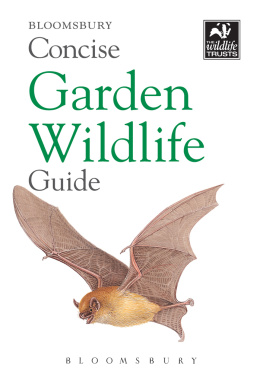
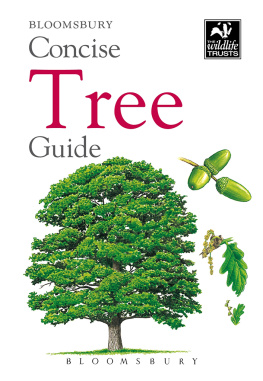
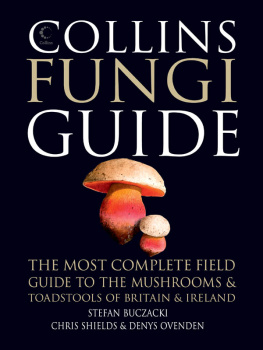
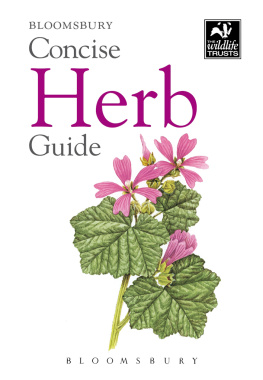
 There are 47 individual Wildlife Trusts covering the whole of the UK and the Isle of Man and Alderney. Together The Wildlife Trusts are the largest UK voluntary organization dedicated to protecting wildlife and wild places everywhere at land and sea. They are supported by 800,000 members, 150,000 of whom belong to their junior branch, Wildlife Watch. Every year The Wildlife Trusts work with thousands of schools, and their nature reserves and visitor centres receive millions of visitors. The Wildlife Trusts work in partnership with hundreds of landowners and businesses in the UK. Building on their existing network of 2,250 nature reserves, The Wildlife Trusts recovery plan for the UKs wildlife and fragmented habitats, known as A Living Landscape, is being achieved through restoring, recreating and reconnecting large areas of wildlife habitat.
There are 47 individual Wildlife Trusts covering the whole of the UK and the Isle of Man and Alderney. Together The Wildlife Trusts are the largest UK voluntary organization dedicated to protecting wildlife and wild places everywhere at land and sea. They are supported by 800,000 members, 150,000 of whom belong to their junior branch, Wildlife Watch. Every year The Wildlife Trusts work with thousands of schools, and their nature reserves and visitor centres receive millions of visitors. The Wildlife Trusts work in partnership with hundreds of landowners and businesses in the UK. Building on their existing network of 2,250 nature reserves, The Wildlife Trusts recovery plan for the UKs wildlife and fragmented habitats, known as A Living Landscape, is being achieved through restoring, recreating and reconnecting large areas of wildlife habitat. First published in 2011 by New Holland Publishers (UK) Ltd This edition published in 2014 by Bloomsbury Publishing Plc This electronic edition published in 2014 by Bloomsbury Publishing Plc Copyright 2014 text and illustrations Bloomsbury Publishing Plc All rights reserved You may not copy, distribute, transmit, reproduce or otherwise make available this publication (or any part of it) in any form, or by any means (including without limitation electronic, digital, optical, mechanical, photocopying, printing, recording or otherwise), without the prior written permission of the publisher. Any person who does any unauthorised act in relation to this publication may be liable to criminal prosecution and civil claims for damages.
First published in 2011 by New Holland Publishers (UK) Ltd This edition published in 2014 by Bloomsbury Publishing Plc This electronic edition published in 2014 by Bloomsbury Publishing Plc Copyright 2014 text and illustrations Bloomsbury Publishing Plc All rights reserved You may not copy, distribute, transmit, reproduce or otherwise make available this publication (or any part of it) in any form, or by any means (including without limitation electronic, digital, optical, mechanical, photocopying, printing, recording or otherwise), without the prior written permission of the publisher. Any person who does any unauthorised act in relation to this publication may be liable to criminal prosecution and civil claims for damages.